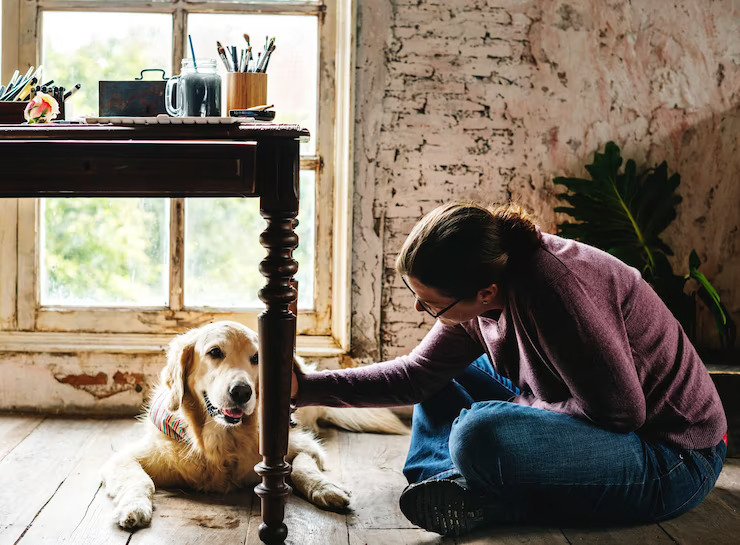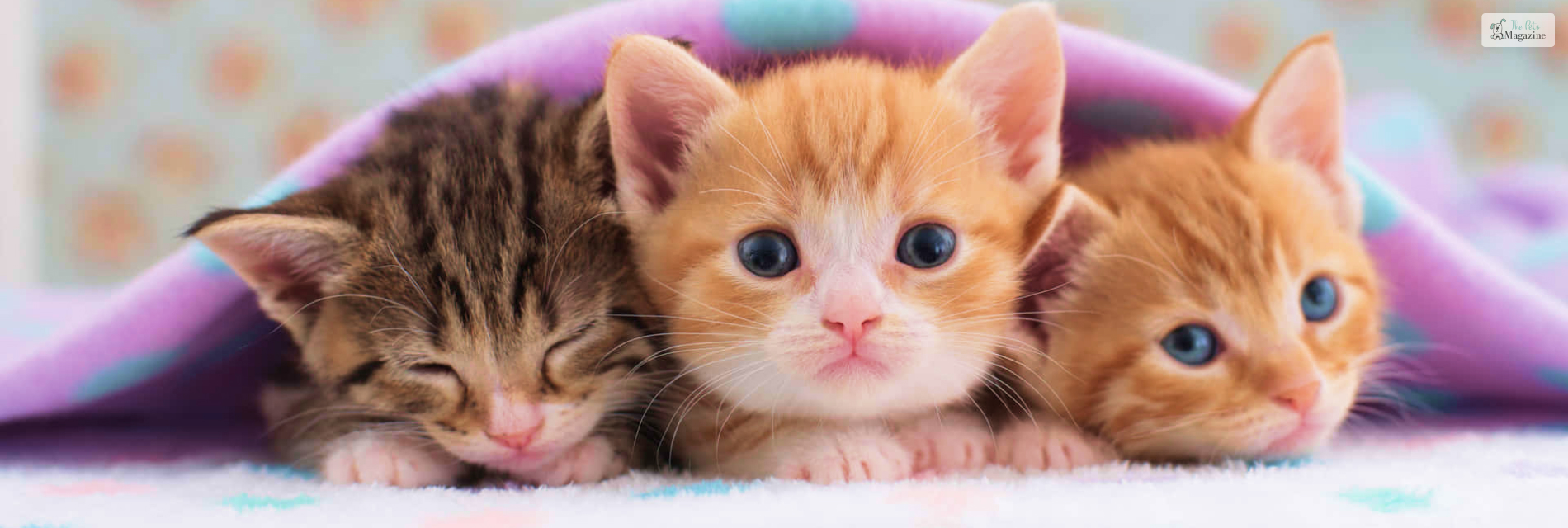A Fur Parent’s Guide To Pet Mental Health


Many people love having pets.
As a fur parent, it’s essential to know that the responsibility requires you to show the same dedication, effort, commitment, love, care, and time as you’d exhibit when caring for a child. This also means that, as a pet owner, you must know your pets can have behavioral issues similar to humans.
Scientific studies confirm that animals have emotions, as researchers have observed grief, fear, empathy, and other complex emotions associated with humans. Moreover, they can suffer from depression, anxiety, stress, grief, and other mental issues. Thus, learning how to take care of them during such moments is essential.
If you are a fur parent and are keen on protecting the mental well-being of your pet, consider reading this guide to pet mental health:
Know When Your Furry Buddy Is In Distress

Pets are adorable. They wake you up in the morning by jumping around, showing extreme happiness and excitement. They miss you when you go to work, and they’re delighted to see you coming home. They basically become part of the family.
However, as much as they bring joy to the home, it is essential to know that they’re different from your family members in the sense that they can’t verbally tell you how they feel. They can’t tell you when they’re sick, tired, distressed, or anxious.
Thus, as a pet owner, the first thing you’re supposed to do is to learn warning signs in your pet’s behavior to help you detect stress, depression, or anxiety in dogs and cats or any other furry pet that you may have. This will help you take informed actions, like visiting the vet.
Some of the signs to look out for in dogs include the following:
- Hyperactivity: It’s common for stressed dogs to show hyperactive behavior when in distress. They’re incapable of being calm, often leading to chewing furniture or any object they find in the path to release the accumulated tension.
- Stereotypies appearance: These are repetitive movements carried out by the pet without a specific purpose. There are different types of stereotypies in dogs. These might include chasing invisible animals or barking non-stop.
- Overreactions: Maybe you’ve realized that your dog has a habit of barking or eating things off the ground. Whatever their previous habits were, seeing your dog having much more intense reactions is usually a sign of stress.
Some of the signs of cat anxiety and stress include the following:
- Physical actions and behavior: Like humans, cats may react to frightening or stressful situations by trembling or behaving hesitantly. They often tend to avoid direct eye contact and put distance between themselves and the stressor. However, they may react oppositely by staring and not breaking eye contact.
- Hair standing straight up: Some cats may become shy or unresponsive, while others may become aggressive. Their fur, especially on the back, may flare up to respond to a stressful situation. In extreme cases, they may free up and refuse to move. So, if your cat is rigid, they’re likely to be experiencing some anxiety.
- Wagging tail: Most people are familiar with dogs wagging their tails in response to joy and anxiety, but it can mean the opposite in cats. If they’ve repeatedly and intensely flipped their tail around, it is a sign they are stressed out.
Other common symptoms of a distressed pet include the following:
- Loss of appetite
- Inability to go outside
- Restlessness
- Sleeping more than usual
As a fur parent, you need to look out for some of these signs and take the necessary action. Much emphasis is made on dogs that lose their companions because they often get emotionally affected. They often experience grief which may lead to depression, and thus, you need to watch them closely and give them proper care.
Be Aware Whenever Your Pet Needs Help

Like humans, different factors in pets can be attributed to mental health illnesses. An example of such a factor is sickness. When a pet is ill, they’re not as proactive, and you’ll realize it’s not how they usually behave. It’s a telltale sign that their mental health has been affected. Some signs to show that your pet is crying for help include the following:
- Changing gum color: Cats and dogs typically have pink gums. Change of color may usually indicate high fever, infection, anemia, liver problems, and low blood pressure.
- Staring at a wall: Animals’ eyes are better than humans. Thus, they detect small objects easier. So, first, check whether there’s a fly or any other insect. And if insects are not the reason for their staring, you can try calling the animal by its name. If it doesn’t look at you, or respond in any way, then this should be a cause for alarm. The reasons may be because it may be suffering from any of the following:
- Focal seizureCognitive dysfunction syndromeHead injuries
- Liver disease
- Breathing problems: If you observe that your pet is breathing heavily with its mouth wide open, especially the cat, it means they need immediate expert care. Your poor pet may have heart problems. This, however, may not be the case if it’s had physical exercise before breathing rapidly.
- An altered coat: When a cat is sick, it doesn’t have enough strength to lick its fur, causing it to lose its shine and shed its fur. This is alarming since it could be a sign of skin diseases or allergies.
If you observe any of the above signs, among others, like vomiting and having red eyes, it may be the best time to take your pet to a vet.
Conclusion
To determine your pet’s mental health problems, you need to be familiar with their regular demeanor. As a fur parent, there are certain things you need to do to care for your pet’s mental health, as highlighted above. And if you realize your pet isn’t all right, the first thing to do is to take them to the vet before going to a mental health expert.
Vets have extensive knowledge and expertise in dealing with behavioral and mental health problems related to pets. They’ll help your pet get through their distress or sickness and, in the end, restore joy and happiness to your home.









Leave A Comment